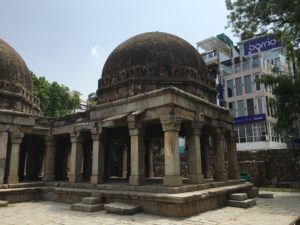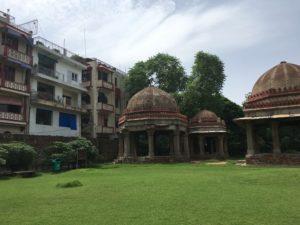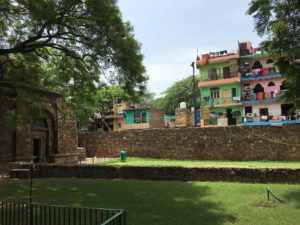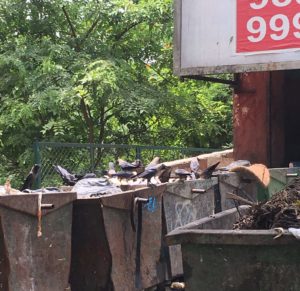By SHIRIN MAZDEYASNA, 7/22/2016. Last night at 9 pm, I finally landed at the Indira Gandhi International Airport. I was very nervous about getting off the plane, finding a taxi, and then finding the place I’m staying at Hauz Khas Village. Since I’m traveling alone, I was looking for a place in south Delhi, which seems to the safer area and I ended up at Hauz Khas Village, for its rich history, structure, and interesting development, which I’ll discuss in a bit.
After waiting for an Uber for 20 minutes and having no results, I got a pre-paid taxi and paid 400₹ for my destination. Need to mention that Uberpool offered 239₹ for the same journey, and a guy behind one of the taxi stands told me it’d take 1500₹. The development of Uber, Ola cabs, and other taxi services indeed have left a major effect on the dynamics of the transportation and tourism specifically.
Driving on the left-hand traffic is very strange to me; however, I’m used to the chaotic driving cars, the contestant sounds of horns, and pedestrian in the middle of the streets. The highways and the structure of the city too are very nostalgic to Tehran for me. When arriving to Hauz Khas Village, the fabric of the city drastically changes, by first having a one lane road, and then a huge parking since no cars are allowed in the village. The streets of the village are very narrow and once in awhile a loud horn followed by a motorcycle passes by and disrupts the cheerful young pedestrians. On the street level, there are clothing boutiques, jewelry stores, and art galleries, and on the upper levels which mostly go up to fourth and fifth floors, there are restaurants and cafes. The dynamic of the village screams how newly developed it is.
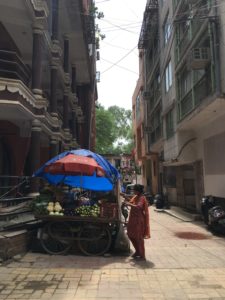
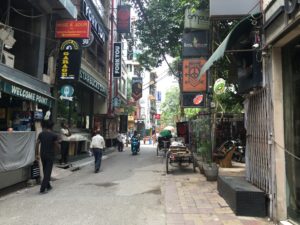
On the first day after walking around the Hauz Khas village, I noticed that the outer margins of the village are mainly dedicated to the local people living in the village and some resources for them to sustain their daily life. However, the core of the village serves the outsiders and tourists, as the village has developed into one of the centers of boutiques and restaurants in New Delhi. From traditional Indian clothing designers to Starbucks and local cafes, and universities such as Indian Institute of Technology and the National Institute of Fashion Technology, Hauz Khas village offers a lot to its visitors.
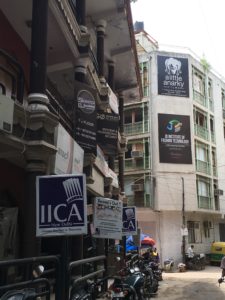

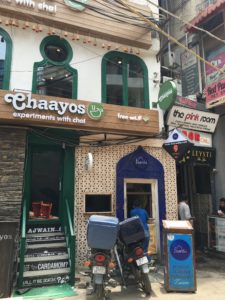
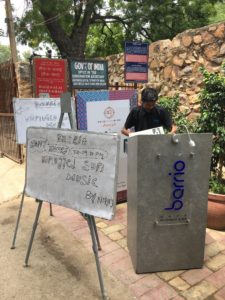
Hauz Khas complex was at first a water storage project that was constructed during the thirteenth century and provided the neighborhood with water when out of rainy seasons. A century passed by with no proper maintenance and lead to the restoration of the tank by Feroz Shah Tughlaq, naming it the Royal Tank or Hauz Khas (حوض خاص). Feroz Shah also constructed the Madrasa (institution of higher education), which gave generous stipends to its attendants from far and wide and overviewed the expand of water. Hauz Khas word by word in Urdu (and Farsi too) means Royal Tank. A small mosque, as well as Feroz Shah’s tombstone were build around the complex. When I was walking around the complex today, I noticed that a lot of couples and friend meet here to talk and enjoy each other’s company.
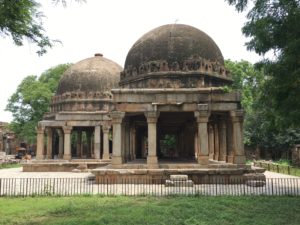
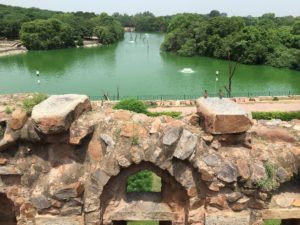
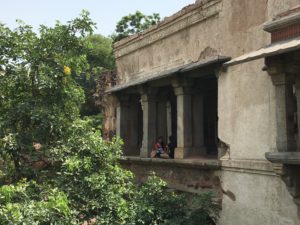
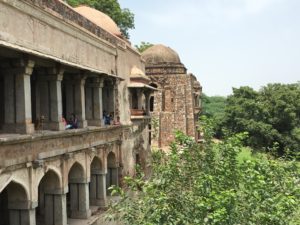
Today, Hauz Khas village has been highly developed gentrified. Along with the contrast between the ruins and new structures, there is a concern in how the trendy restaurants dump their waste in the greenery of the complex. In 2014, Pankaj Sharma, the environmental activist was able to close down 30-40 of the eateries in Hauz Khas for their lack of waste management. Due to the sudden development and mushrooming of Hauz Khas, the restaurants did not have legal regulations for discarding their wastes. Due to Sharma and his nonprofit, the Centre for Transforming India, National Green Tribunal of India either closed the restaurants with unnecessary waste pollution, or imposed firm sustainable regulation on them for maintaining the green neighborhood.
